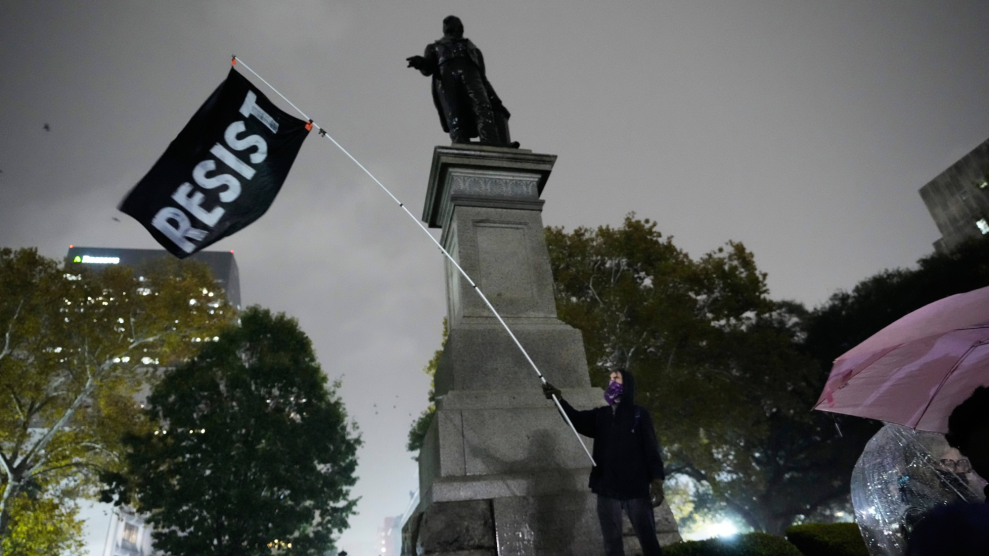
Photo by Flickr user <a href="http://www.flickr.com/photos/jcuthrell/" target="_blank">jcuthrell</a> under Creative Commons
With Scott Brown’s Tuesday victory, the Democrats’ 60-vote supermajority is over, and with it, likely any chance of meaningful health care reform. Possibly. But there’s still one way Democrats could get back up to the magic number before November. It involves winning a statewide race in Texas: Democrats haven’t done that in 16 years, so you probably shouldn’t wager too many precious Liberty Dollars on it, but as Tuesday’s results show, anything can happen in a special election.
Here’s how it works: Texas Senator Kay Bailey Hutchison is currently locked in a bitter (think Conan v. Leno) Republican gubernatorial primary against incumbent Gov. Rick Perry. Whether she wins or loses on March 2, Hutchison has said she’ll resign her Senate seat, although she’s been vague about when that would actually happen. Here’s Texas Monthly‘s Paul Burka on what might happen next:
If she were to resign, Perry could name a Republican to succeed her (Michael Williams is the likely choice), but Williams would have to run in a special election to fill the remainder of Hutchison’s term. If a Democrat (read: John Sharp) were to win the election, the Democrats would be back to 60.
Hutchison could very well step back on her promise to vacate her seat, or she could wait until November to do it. Alternately, Republican Michael Williams—an African-American, bow-tie-wearing, Texas Railroad Commissioner who’s become a bit of a Tea Party darling—could easily trounce a conservative Democrat like John Sharp in a special election. And there’s no guarantee that Sharp, representing deep red Texas, would be a sure-thing as the Dem’s 60th vote. But if Hutchison gives in to the pressure and resigns sooner rather than later, Democrats could find themselves in a special election, needing only a couple of gaffes and a whole lot of luck to get back to 60. Stranger things have happened.
Follow Tim Murphy on Twitter

















